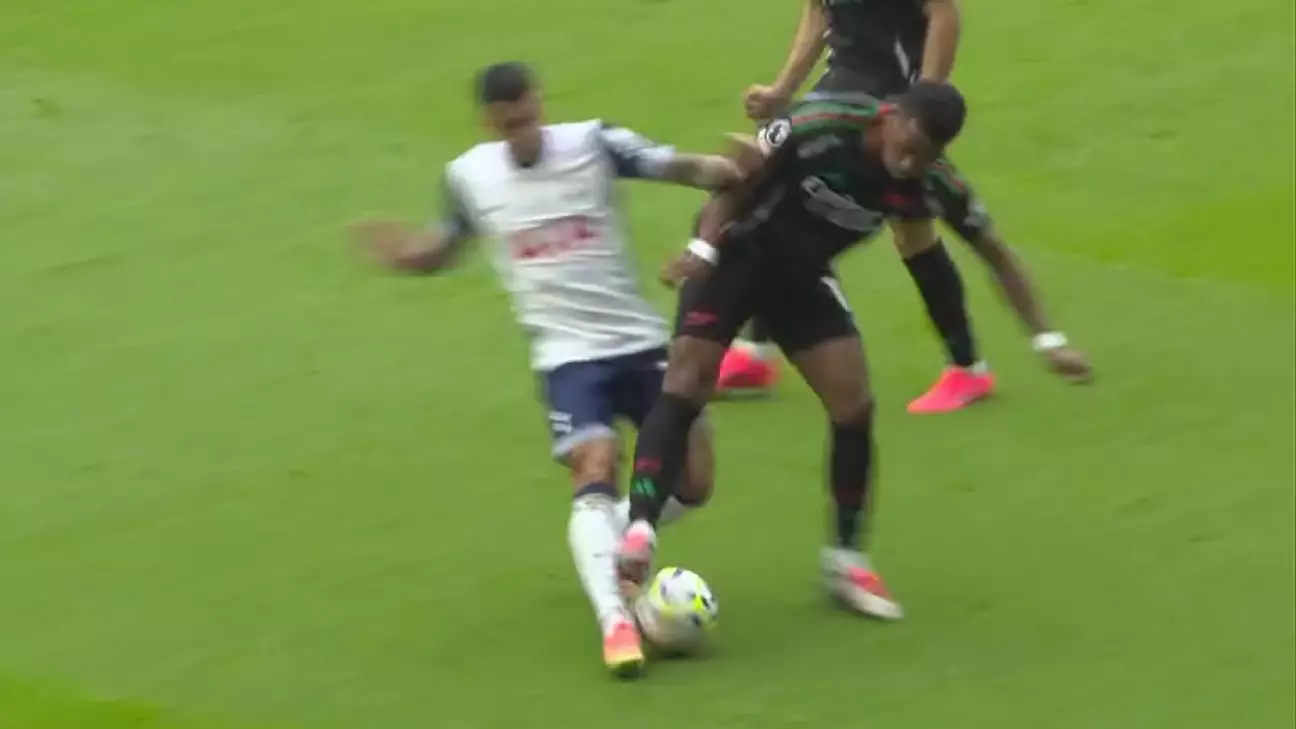The implementation of the Video Assistant Referee (VAR) system in the Premier League has invariably stirred controversy and sparked debate among fans, analysts, and players alike. Each matchweek brings a fresh set of incidents that demand scrutiny, challenging our understanding of the rules and their application. In this article, we will delve into some notable VAR decisions from a recent gameweek, aiming to shed light on the intricacies involved in adjudicating key moments on the pitch.
At the heart of VAR’s purpose is the assertion that it aims to correct clear and obvious errors made by on-field referees. However, the term “clear and obvious” often leads to ambiguity, and this can create frustration among supporters when controversial incidents arise. Assessing decisions involves a multitude of factors, including the nature of the foul, player intent, and contextual elements surrounding the incident.
For instance, take the recent challenge by Arsenal defender Jurriën Timber against Tottenham’s Pedro Porro. The match officials, including VAR Stuart Attwell, evaluated Timber’s tackle and ultimately ruled it a yellow card following a thorough review. Timber had made contact with the ball before the challenge led to an unintentional clash with Porro. Comparisons were drawn to a previous incident in which Liverpool’s Curtis Jones received a red card under similar circumstances. The nuance in their tackles highlighted the complexity of judgment calls; while Jones’s challenge was deemed reckless due to the force and direction of the contact, Timber’s action exemplified a more legitimate attempt at winning the ball.
A pivotal incident in a match involved Chelsea’s Cristian Romero and a challenge that was under VAR inspection for potential handball. Though a goal-scoring opportunity was at stake, the decision not to award a penalty could be attributed to the position of Romero’s arm, which was argued to be naturally positioned in relation to his body movement. This decision aligns with the current handball regulations, which have evolved to consider player posture and intent.
In another noteworthy moment, Crystal Palace celebrated what was believed to be a comeback goal, only to face an offside flag. After a VAR check, the goal was awarded. The ensuing uproar from opposition fans and managers revealed the thin line between subjective interpretation and objective replays in offside rulings. Questions arose regarding the accuracy of camera angles and the technology used to determine the players’ positions. The controversial notion of having differing offside systems—traditional VAR and the impending semi-automated offside technology—raises further questions about consistency in officiating across the season.
Offside rulings are particularly contentious, and an incident featuring Aston Villa provided a clear illustration of the challenges faced by referees and VAR. A goal was scored following a fast-paced sequence of play involving a potential offside in the buildup. The assessment revolved around whether the player in an offside position had a hand in influencing the defender. VAR deemed there was no clear involvement, a decision that incites ongoing debate concerning fairness and intentions within the laws of the game.
Across matches, we also witnessed a case where a red card was issued to a player for what appeared to be a minimal contact but was ultimately adjudged to have involved a dangerous tackle. This instance exemplifies the subjective nature of physical challenges in football, as interpretations may differ based on the perceiving referee’s perspective and the circumstances of the moment.
As the VAR saga continues in English football, one cannot ignore the technological and procedural advancements that accompany its use. Errors have certainly been made, and controversies will not dissipate overnight. However, it is essential to recognize that VAR was introduced to improve the overall quality of officiating. That said, its successful implementation relies on clear communication and willingness from all stakeholders—players, coaches, and officials—to adhere to a shared understanding of what constitutes fair play.
The world of VAR in the Premier League is ever-evolving, with each game presenting new challenges to an already complex system. As we navigate this intricate landscape, a collective acceptance of the system’s imperfections and an appreciation for its role in modern football may yet temper the outrage that often follows contentious decisions. How VAR evolves remains to be seen, but its current operation continues to illustrate a sport that is both intricately detailed and passionately followed.

